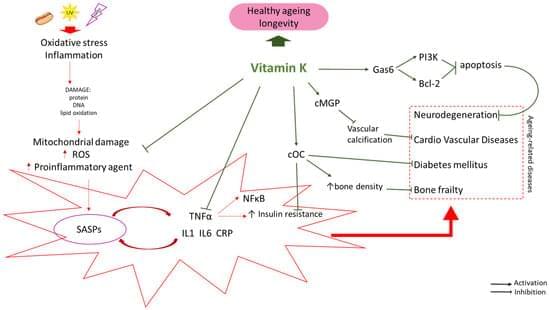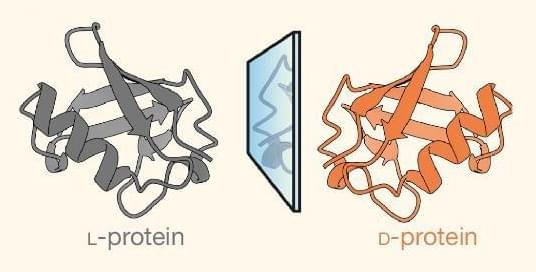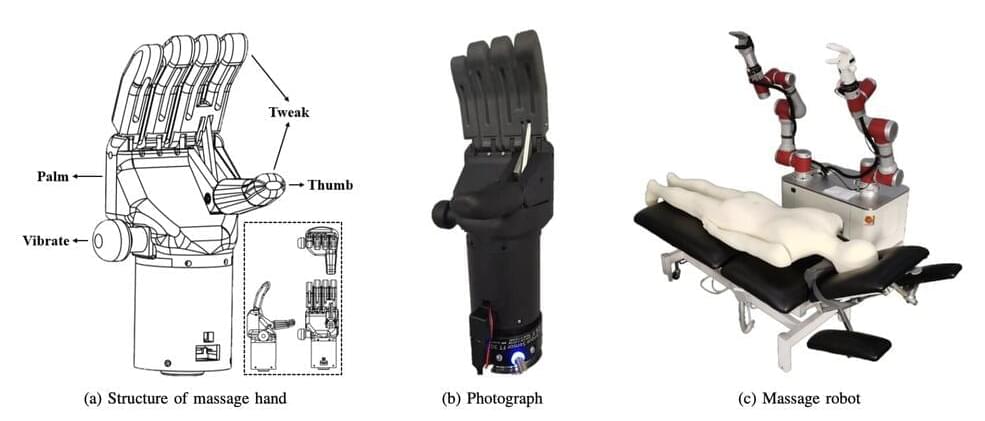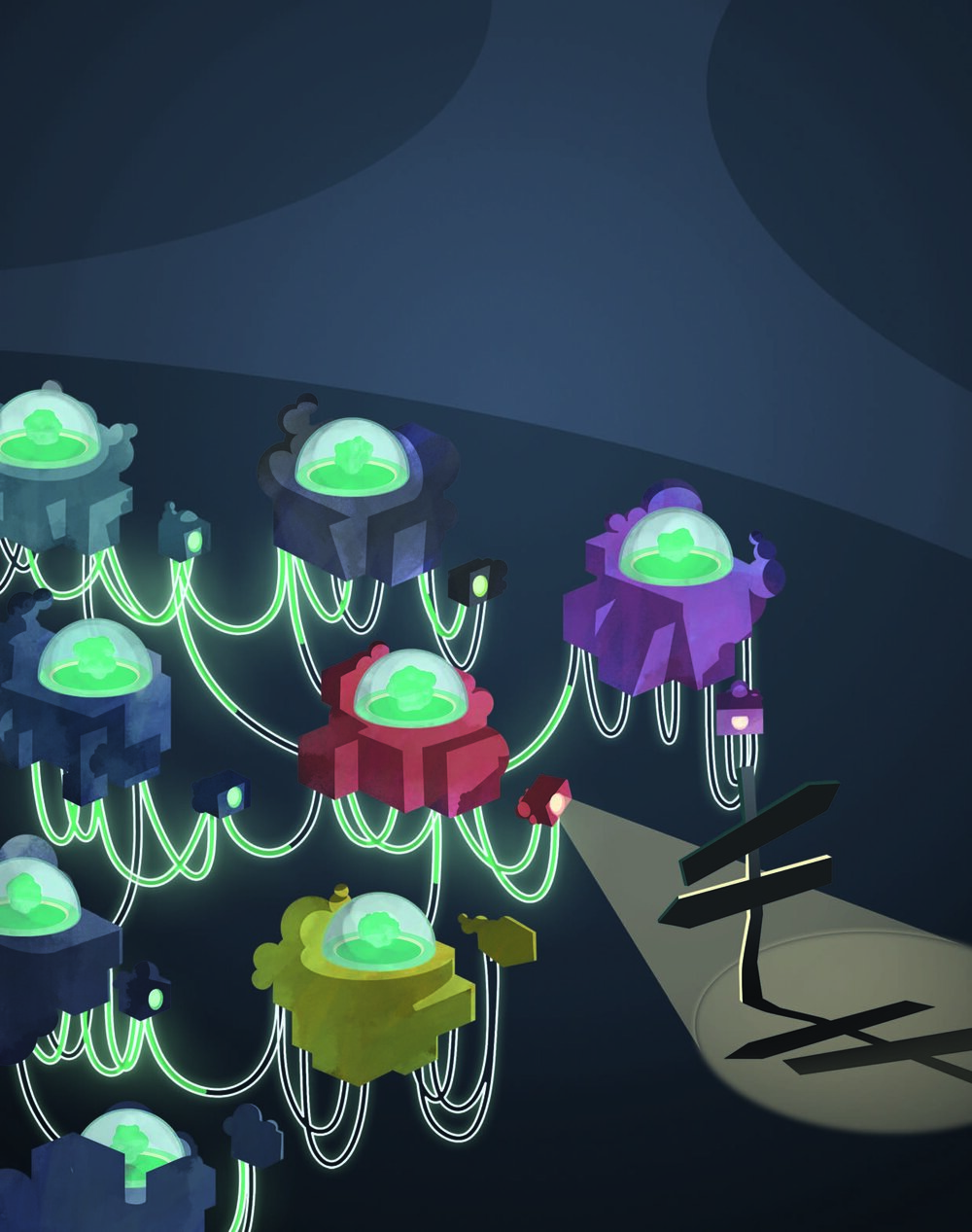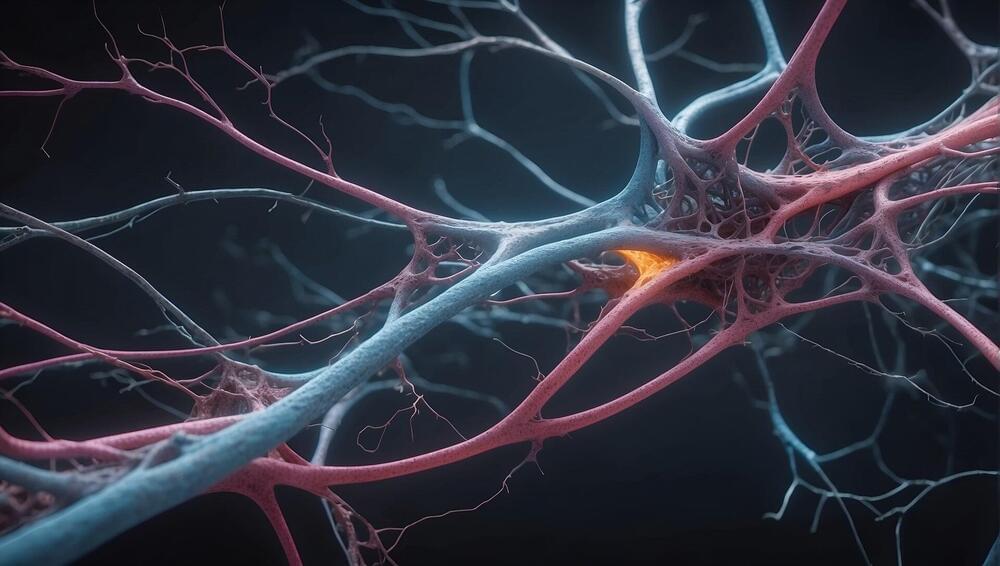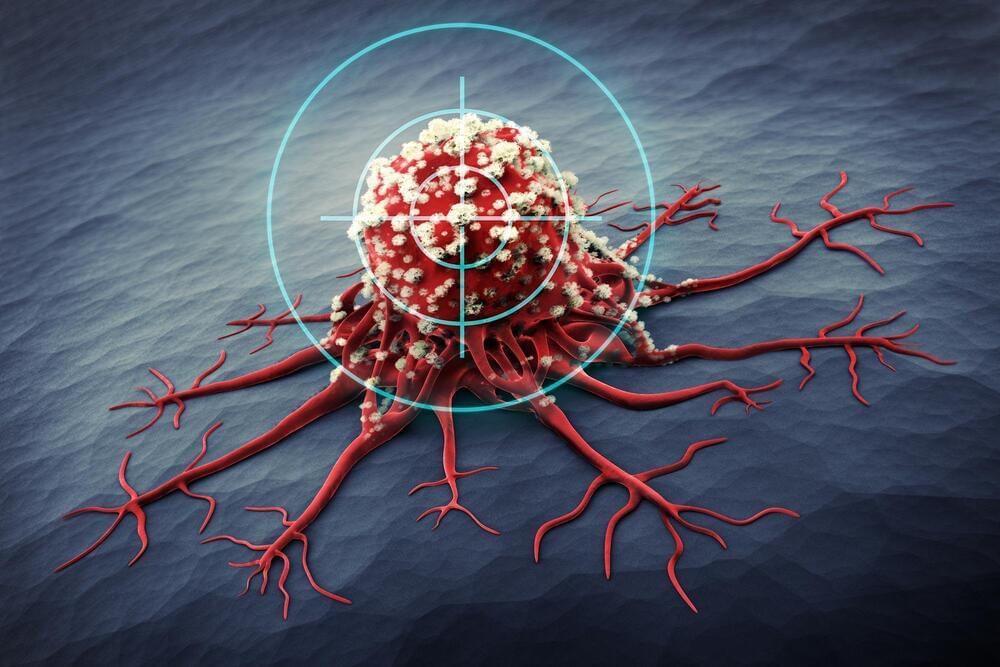Aging is an inevitable aspect of life, but age-related diseases are not an inseparable part of the aging process, and their risk can be reduced through a healthy lifestyle. Vitamin K has a broader impact than just blood clotting, and yet it remains overshadowed by other vitamins and underestimated by both doctors and consumers. Vitamin K (VK) is a multifunctional micronutrient with anti-inflammatory and antioxidant properties, whose deficiency may cause age-related diseases such as cardiovascular diseases, neurodegenerative diseases and osteoporosis. There is a growing body of evidence supporting the role of vitamin K as a protective nutrient in aging and inflammation. This review summarizes the current knowledge regarding the molecular aspects of the protective role of vitamin K in aging and age-related diseases and its clinical implications.
New observations show that planets forming in protoplanetary disks like that around PDS 70 can trigger the formation of subsequent planets.
This finding, based on high-resolution images from ALMA, supports the domino effect in the sequential formation of planetary systems.
Discoveries in Multi-Planet Systems.
How and where particles are accelerated in the jets of supermassive black holes has been a long-standing mystery.
A new solar cell process using Sn(II)-perovskite oxide material offers a promising pathway for green hydrogen production through water splitting, advancing sustainable energy technologies.
Experts in nanoscale chemistry have made significant progress toward sustainable and efficient hydrogen production from water using solar power.
An international collaborative study led by Flinders University, involving researchers from South Australia, the US, and Germany, has uncovered a novel solar cell process that could play a key role in future technologies for photocatalytic water splitting—a critical step in green hydrogen production.
Understanding unfolded proteins could boost drug discovery and decipher origins of life mysteries.
An initially “unknown” illness affecting hundreds in the Democratic Republic of the Congo may be attributable to malaria, malnutrition and a viral infection. But investigations are ongoing.
In recent years, roboticists have developed a wide range of systems that could eventually be introduced in health care and assisted living facilities. These include both medical robots and robots designed to provide companionship or assistance to human users.
Researchers at Shanghai Jiao Tong University and the University of Shanghai for Science and Technology recently developed a robotic system that could give human users a massage that employs traditional Chinese medicine (TCM) techniques. This new robot, introduced in a paper on the arXiv preprint server, could eventually be deployed in health care, wellness and rehabilitation facilities as additional therapeutic tools for patients who are experiencing different types of pain or discomfort.
“We adopt an adaptive admittance control algorithm to optimize force and position control, ensuring safety and comfort,” wrote Yuan Xu, Kui Huang, Weichao Guo and Leyi Du in their paper. “The paper analyzes key TCM techniques from kinematic and dynamic perspectives and designs robotic systems to reproduce these massage techniques.”
Westlake University in China and the California Institute of Technology have designed a protein-based system inside living cells that can process multiple signals and make decisions based on them.
The researchers have also introduced a unique term, “perceptein,” as a combination of protein and perceptron. Perceptron is a foundational artificial neural network concept, effectively solving binary classification problems by mapping input features to an output decision.
By merging concepts from neural network theory with protein engineering, “perceptein” represents a biological system capable of performing classification computations at the protein level, similar to a basic artificial neural network. This “perceptein” circuit can classify different signals and respond accordingly, such as deciding to stay alive or undergo programmed cell death.
Salt, or more precisely the sodium it contains, is very much a “Goldilocks” nutrient. Low sodium levels cause a drop in blood volume, which can have serious, sometimes deadly, health consequences. Conversely, too much salt can lead to high blood pressure and cardiovascular disease.
In modern America, where most people consume a high-salt diet, almost no one is in danger of having too little salt. However, given the critical importance of sodium for body and brain functions, evolution has developed a powerful drive to consume salt in situations where there is a deficiency.
Understanding the brain circuitry that controls salt appetite has proved elusive, but now a new study by University of Iowa researchers has identified the first and, thus far, only neurons necessary for salt appetite.
Patients with late-stage cancer often have to endure multiple rounds of different types of treatment, which can cause unwanted side effects and may not always help.
In hopes of expanding the treatment options for those patients, MIT researchers have designed tiny particles that can be implanted at a tumor site, where they deliver two types of therapy: heat and chemotherapy.
This approach could avoid the side effects that often occur when chemotherapy is given intravenously, and the synergistic effect of the two therapies may extend the patient’s lifespan longer than giving one treatment at a time. In a study of mice, the researchers showed that this therapy completely eliminated tumors in most of the animals and significantly prolonged their survival.
